|
|
|
Wiley
|
Risk is everywhere and paying attention to it is important if you are involved in financial markets. This means anyone involved in financial markets cannot ignore it, including you. All financial risks are swept under three headings: market risk, credit risk, and operational risk. The interactions between these risks have the potential to spell disaster or success for anyone with long or short positions in the market. This book addresses all the tools and techniques to address these risks in a comprehensive and holistic fashion, while at the same time providing readers with intuition and rules of thumb aided by understanding and applying advanced quantitative measures. After reading this book, you will understand why risk has become its own essential discipline on Wall Street and beyond for investors, bankers, and corporations. |
|
Loyal readers of the monthly Universe essays in Natural History magazine have long recognized Neil deGrasse Tyson's talent for guiding them through the mysteries of the cosmos with clarity and enthusiasm. Bringing together more than forty of Tyson's favorite essays, Death by Black Hole? explores a myriad of cosmic topics, from what it would be like to be inside a black hole to the movie industry's feeble efforts to get its night skies right. One of America's best-known astrophysicists, Tyson is a natural teacher who simplifies the complexities of astrophysics while sharing his infectious fascination for our universe. |
|
Mobile robots range from the Mars Pathfinder mission's teleoperated Sojourner to the cleaning robots in the Paris Metro. This text offers students and other interested readers an introduction to the fundamentals of mobile robotics, spanning the mechanical, motor, sensory, perceptual, and cognitive layers the field comprises. The text focuses on mobility itself, offering an overview of the mechanisms that allow a mobile robot to move through a real world environment to perform its tasks, including locomotion, sensing, localization, and motion planning. It synthesizes material from such fields as kinematics, control theory, signal analysis, computer vision, information theory, artificial intelligence, and probability theory. The book presents the techniques and technology that enable mobility in a series of interacting modules. Each chapter treats a different aspect of mobility, as the book moves from low-level to high-level details. It covers all aspects of mobile robotics, including software and hardware design considerations, related technologies, and algorithmic techniques. This second edition has been revised and updated throughout, with 130 pages of new material on such topics as locomotion, perception, localization, and planning and navigation. Problem sets have been added at the end of each chapter. Bringing together all aspects of mobile robotics into one volume, Introduction to Autonomous Mobile Robots can serve as a textbook or a working tool for beginning practitioners. |
|
Since the publication of the first edition over 50 years ago, Introduction to Solid State Physics has been a standard solid state physics text for physics students. The author`s goal from the beginning has been to write a book that is accessible to undergraduates and consistently teachable. |
|
Preservation is Overtaking Us brings together two lectures given by Rem Koolhaas at Columbia University's Graduate School of Architecture, Planning and Preservation, along with a response (framed as a supplement to the original lectures) by Jorge Otero-Pailos. In the first essay Koolhaas describes alternative strategies for preserving Beijing, China. The second talk marks the inaugural Paul Spencer Byard lecture, named in celebration of the longtime professor of Historic Preservation at GSAPP. These two lectures trace key moments of Koolhaas' thinking on preservation, including his practice's entry into China and the commission to redevelop the State Hermitage Museum in St. Petersburg, Russia. In a format well known to Koolhaas' readers, Otero-Pailos reworks the lectures into a working manifesto, using it to interrogate OMA's work from within the discipline of preservation. |
|
Principles of Animal Behavior has long been considered the most current and engaging introduction to animal behavior. The Third Edition is now also the most comprehensive and balanced in its approach to the theoretical framework behind how biologists study behavior. |
|
The increasing integration between gene manipulation and genomics is embraced in this new book, Principles of Gene Manipulation and Genomics, which brings together for the first time the subjects covered by the best-selling books Principles of Gene Manipulation and Principles of Genome Analysis & Genomics. It is comprehensively revised, updated and rewritten to encompass within one volume, basic and advanced gene manipulation techniques, genome analysis, genomics, transcriptomics, proteomics and metabolomics. It includes two new chapters on the applications of genomics. An accompanying website provides instructional materials for both student and lecturer use, including multiple choice questions, related websites, and all the artwork in a downloadable format. It is an essential reference for upper level undergraduate and graduate students of genetics, genomics, molecular biology and recombinant DNA technology. |
|
Probabilistic robotics is a new and growing area in robotics, concerned with perception and control in the face of uncertainty. Building on the field of mathematical statistics, probabilistic robotics endows robots with a new level of robustness in real-world situations. This book introduces the reader to a wealth of techniques and algorithms in the field. All algorithms are based on a single overarching mathematical foundation. Each chapter provides example implementations in pseudo code, detailed mathematical derivations, discussions from a practitioner's perspective, and extensive lists of exercises and class projects. The book's Web site, http://www.probabilistic-robotics.org, has additional material. The book is relevant for anyone involved in robotic software development and scientific research. It will also be of interest to applied statisticians and engineers dealing with real-world sensor data. |
|
When the Rose Center for Earth and Space at the American Museum of Natural History reclassified Pluto as an icy comet, the New York Times proclaimed on page one, Pluto Not a Planet? Only in New York. Immediately, the public, professionals, and press were choosing sides over Pluto s planethood. Pluto is entrenched in our cultural and emotional view of the cosmos, and Neil deGrasse Tyson, director of the Rose Center, is on a quest to discover why. He stood at the heart of the controversy over Pluto s demotion, and, consequently, plutophiles have freely shared their opinions with him, including endless hate mail from third-graders. |
|
This book provides readers with a solid introduction to the theoretical and practical aspects of Kalman filtering. It has been updated with the latest developments in the implementation and application of Kalman filtering, including adaptations for nonlinear filtering, global navigation and satellite systems, the error modeling of gyros and accelerometers, inertial navigation systems, and freeway traffic control. In addition, it shares original methods for designing, implementing, validating, and improving Kalman filters. |
|
Elements of Content teaches how to write in a clear, accessible, honest voice across all of your marketing assets: blog posts, web pages, marketing offers, and social updates. The language of business has become more like the language of real people. Customers have elevated expectations. They don't want to hear marketing messages; they want stories and a sense of the human beings behind the brand. Elements of Content will show readers how to create compelling content that their audience can understand, and how to take advantage of the opportunity to speak directly with the customer with empathy and humanity. |
|
There is a need for a resource that focuses on writing for publication that discusses the components of a manuscript, types of manuscripts, and the submission process. This groundbreaking book fills that need and includes information on how to develop writing skills by offering guidance on becoming an excellent manuscript reviewer and outlining what makes a good review. It shows how to craft scholarly papers and other writing suitable for submission to academic journals. The book offers on developing a manuscript suitable for publication in scholarly journals including tips on follow through with editors, rejection, and rewrites and re-submittals. |
|
This concise paperback is one of the best known guides to writing a paper for publication in biomedical journals. Its straightforward format — a chapter covering each of part of the structured abstract — makes it relevant and easy to use for any novice paper writer. How to Write a Paper addresses the mechanics of submission, including electronic submission, and how publishers handle papers, writing letters to journals abstracts for scientific meetings, and assessing papers. This new edition also covers how to write a book review and updated chapters on ethics, electronic publication and submission, and the movement for open access. |
|
Essentials of Computational Chemistry provides a balanced introduction to this dynamic subject. Suitable for both experimentalists and theorists, a wide range of samples and applications are included drawn from all key areas. The book carefully leads the reader thorough the necessary equations providing information explanations and reasoning where necessary and firmly placing each equation in context. |
|
Introduction to Computational Chemistry Second Edition provides a comprehensive account of the fundamental principles underlying different methods, ranging from classical to the sophisticated. Although comprehensive in its coverage, this textbook focuses on calculating molecular structures and (relative) energies and less on molecular properties or dynamical aspects. No prior knowledge of concepts specific to computational chemistry are assumed, but the reader will need some understanding of introductory quantum mechanics, linear algebra, and vector, differential and integral calculus. |
|
This book shows scientists how to apply their analysis and synthesis skills to overcoming the challenge of how to write, as well as what to write, to maximise their chances of publishing in international scientific journals. The book uses analysis of the scientific article genre to provide clear processes for writing each section of a manuscript, starting with clear 'story' construction and packaging of results. Each learning step uses practical exercises to develop writing and data presentation skills based on reader analysis of well-written example papers. Strategies are presented for responding to referee comments, and for developing discipline-specific English language skills for manuscript writing and polishing. The book is designed for scientists who use English as a first or an additional language, and for individual scientists or mentors or a class setting. In response to reader requests, the new edition includes review articles and the full range of research article formats, as well as applying the book's principles to writing funding applications. |
|